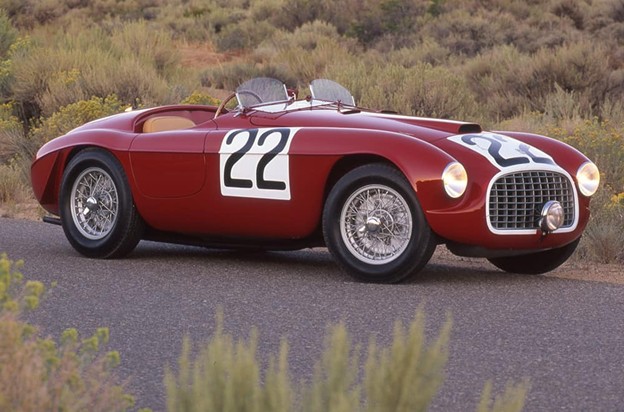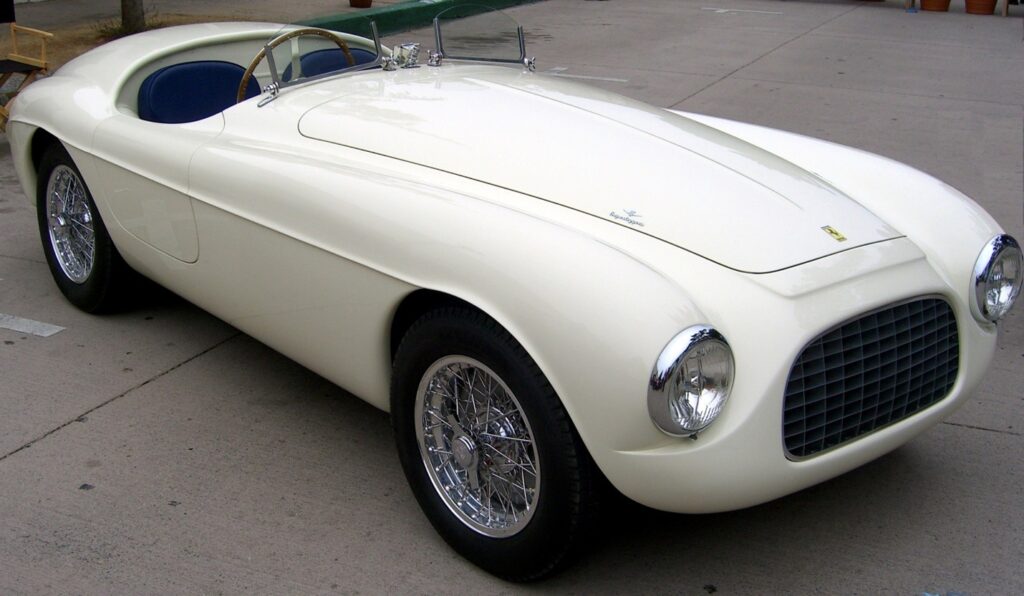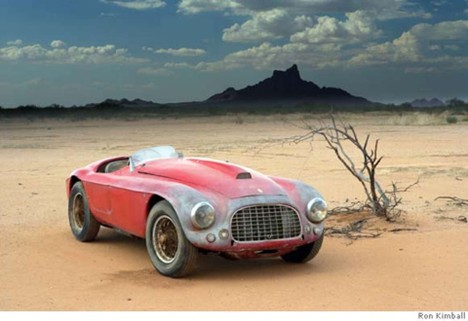The Ferrari 166 MM holds a special place in automotive history as one of the most iconic and influential cars ever built by Ferrari. Unveiled in 1948, this car marked a significant milestone for the company, blending cutting-edge engineering with timeless design. The 166 MM was named after the Mille Miglia, a grueling endurance race where it achieved legendary status by securing victories. More than just a race car, the 166 MM served as a bridge between Ferrari’s early racing heritage and its emergence as a manufacturer of road cars.
In this comprehensive exploration of the Ferrari 166 MM, we will delve into its origins, technical innovations, racing triumphs, design philosophy, and lasting legacy. This car represents not just an engineering marvel but also a cultural artifact that embodies the spirit of post-war automotive ingenuity.
Post-War Italy and the Birth of Ferrari
The late 1940s were a time of rebuilding and innovation in Italy, a country recovering from the devastation of World War II. It was in this setting that Enzo Ferrari, a former Alfa Romeo racing manager, established his company. Ferrari’s first models, including the 125 S and the 159 S, were racing-focused machines that showcased the brand’s commitment to performance and engineering excellence.
The 166 MM emerged as a natural evolution of these earlier models, embodying Ferrari’s ambition to create a car that could dominate on the track while also appealing to private customers seeking exclusivity and prestige. The MM designation paid homage to the Mille Miglia, a race that symbolized endurance, skill, and speed.
Powertrain and Performance
At the heart of the Ferrari 166 MM was the Colombo-designed 2.0-liter V12 engine. This powerplant was an engineering masterpiece, featuring a single overhead camshaft per cylinder bank and three Weber carburetors. The engine produced approximately 140 horsepower, an impressive figure for its time, and was capable of propelling the car to a top speed of around 200 km/h (124 mph).
The V12’s compact dimensions and high-revving nature made it ideal for both racing and road use. Its reliability and performance solidified Ferrari’s reputation as a leader in engine design, a legacy that continues to this day.
Chassis and Suspension
The 166 MM’s chassis was constructed using a tubular steel frame, a hallmark of Ferrari’s early engineering approach. This lightweight yet rigid design provided excellent handling characteristics and ensured that the car could withstand the rigors of endurance racing.
The suspension system included independent double wishbones at the front and a live axle with semi-elliptic leaf springs at the rear. This setup balanced comfort and performance, making the 166 MM versatile enough for both racing and touring.
Transmission and Drivetrain
The 166 MM featured a four-speed manual gearbox, delivering power to the rear wheels. The transmission’s gearing was optimized for racing, allowing the car to accelerate briskly and maintain high speeds over long distances.
Carrozzeria Touring’s Influence
The Ferrari 166 MM is perhaps best known for its stunning bodywork, much of which was crafted by Carrozzeria Touring using the “Superleggera” technique. This method involved stretching lightweight aluminum panels over a framework of thin steel tubes, resulting in a car that was both aesthetically pleasing and aerodynamically efficient.
The Barchetta
The most iconic version of the 166 MM was the Barchetta, a term meaning “little boat” in Italian. This open-top design featured smooth flowing lines, a low windscreen, and minimalistic detailing, emphasizing simplicity and elegance. The Barchetta’s design was both functional and beautiful, reducing weight and drag while capturing the essence of Italian automotive artistry.
Interior
The interior of the 166 MM was Spartan by modern standards but reflected the car’s dual-purpose nature. Lightweight materials, simple gauges, and bucket seats ensured that the focus remained on performance. Despite its minimalism, the cabin exuded a sense of craftsmanship and attention to detail that appealed to discerning customers.
Mille Miglia and Beyond
The 166 MM’s racing career began with a bang when it won the 1948 Mille Miglia, driven by Clemente Biondetti and Giuseppe Navone. This victory was a monumental achievement for Ferrari, solidifying its reputation as a manufacturer of world-class racing cars. The following year, the 166 MM repeated this success, with Biondetti and Ettore Salani taking first place once again.
24 Hours of Le Mans
In 1949, the Ferrari 166 MM achieved another milestone by winning the 24 Hours of Le Mans, driven by Luigi Chinetti and Lord Selsdon. This marked Ferrari’s first victory at the legendary endurance race, an event that would become a cornerstone of the brand’s identity.
Legacy in Motorsport
The 166 MM’s racing successes extended beyond these marquee events, with victories in numerous other competitions, including the Targa Florio and various hill climbs. Its versatility and performance made it a favorite among privateer racers, further cementing its place in motorsport history.
Exclusivity and Prestige
The Ferrari 166 MM was produced in extremely limited numbers, with only 47 examples built between 1948 and 1950. This exclusivity made it a symbol of wealth and status, attracting elite clientele from around the world. Owners appreciated not only the car’s performance but also its craftsmanship and design.
Influence on Future Models
The 166 MM set the template for future Ferrari models, combining a high-performance V12 engine with stunning design and exceptional engineering. Its success paved the way for legendary cars like the 250 GT and the 275 GTB, establishing Ferrari as a leader in both racing and luxury automotive markets.
A Collector’s Dream
Today, the Ferrari 166 MM is one of the most sought-after vintage Ferraris, with pristine examples commanding millions of dollars at auctions. Its rarity, historical significance, and timeless design make it a prized possession for collectors and enthusiasts.
Cultural Impact
The 166 MM’s influence extends beyond the automotive world. It represents a moment in history when innovation, artistry, and ambition converged to create something truly extraordinary. The car remains a symbol of post-war optimism and the enduring appeal of Italian design and engineering.
The Ferrari 166 MM is more than just a car; it is a legend that embodies the spirit of Ferrari’s early years. From its groundbreaking engineering to its racing triumphs and timeless design, the 166 MM laid the foundation for Ferrari’s legacy as a purveyor of excellence. Decades later, it continues to inspire admiration and respect, serving as a reminder of the brand’s roots and its enduring commitment to innovation and performance.
Whether on the track or as a collector’s centerpiece, the Ferrari 166 MM remains a shining example of what makes Ferrari unique. It is a testament to the vision of Enzo Ferrari and the team that brought this extraordinary car to life, securing its place in the pantheon of automotive greatness.
Specifications
|



